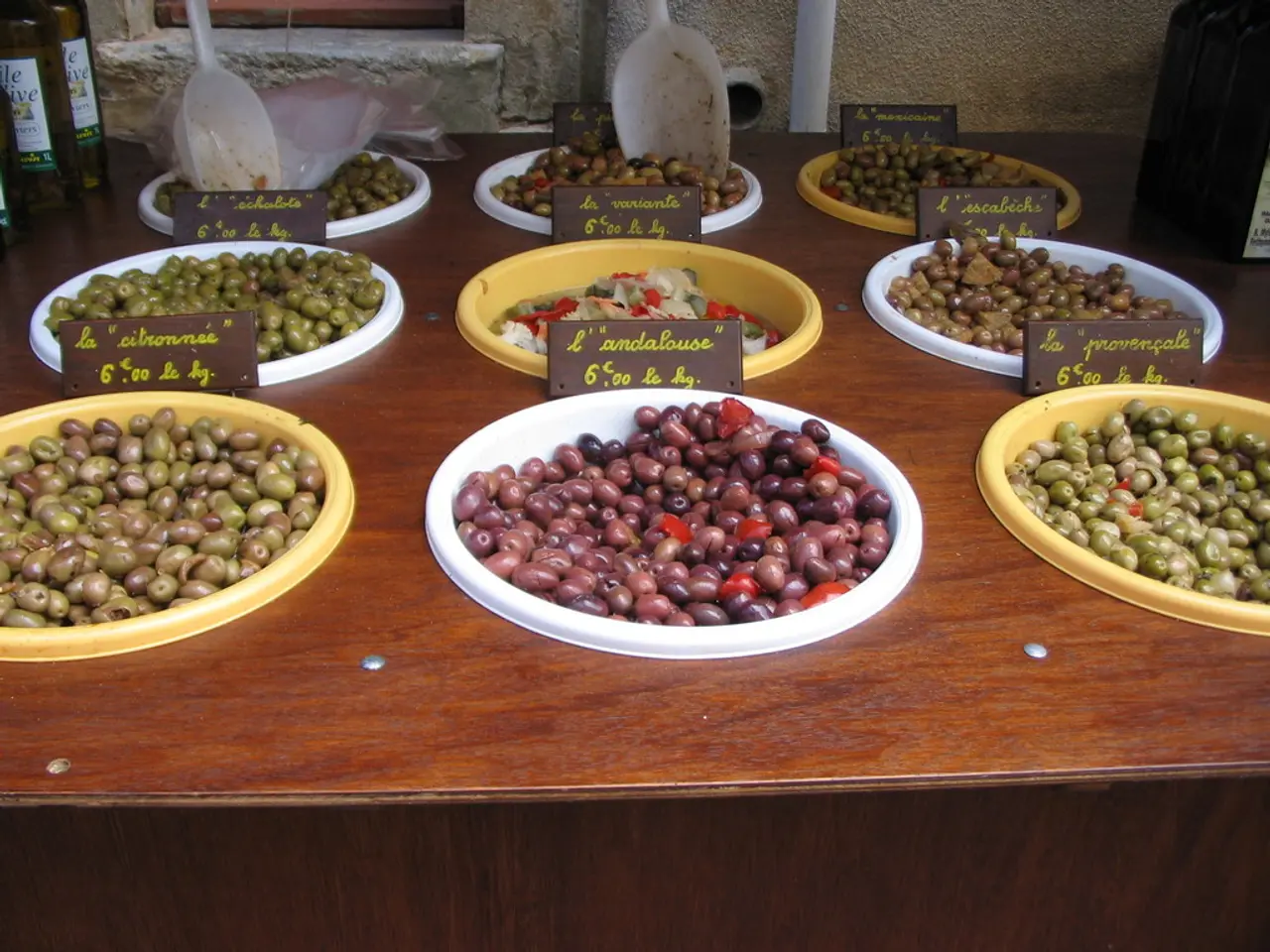Expanding Lactic Starter Culture Market Forecasted to Achieve USD 2.7 Billion by 2034, Anticipated Growth Rate of 7.4% Yearly
The global market for lactic starter cultures, essential ingredients in dairy fermentation for products like cheese, yogurt, and buttermilk, is projected to grow significantly over the next decade. According to recent reports, the market is expected to expand at a compound annual growth rate (CAGR) of 7.4% from 2025 to 2034, reaching a value of approximately USD 2.7 billion by 2034, up from USD 1.3 billion in 2024.
This growth is primarily driven by the demand in dairy product applications, which account for about 56.9% of the market. In 2024, the North America region led the market with a 48.2% share, valued at USD 0.6 billion.
Mesophilic starter cultures hold the largest type share at 37.2%, due to their versatility and widespread use in dairy fermentation processes. Interestingly, freeze-dried forms dominate the market with a 49.1% share, thanks to their longer shelf life.
Lactic starter cultures also play a crucial role in fermented meat products like sausages and salami, helping to accelerate acidification, inhibit pathogens, reduce formation of harmful biogenic amines, and standardize ripening time and sensory profiles.
The trend towards plant-based alternatives has expanded the lactic starter culture market, with these cultures now being adapted for plant-based and non-dairy alternatives, such as soy, almond, and oat-based products. This adaptation improves taste, texture, nutritional profile, and microbial stability in clean-label plant-based products.
The broader fermented ingredients market, which includes lactic acid among other fermentation-derived products, is projected to expand from USD 28.9 billion in 2024 to USD 69.0 billion by 2034, reflecting strong overall growth in fermented products. However, the lactic starter culture segment specifically grows at a slightly slower pace of 7.4% CAGR from 2025 to 2034.
Notable developments in the lactic starter culture market include the acquisition of The Akkermansia Company by Danone for USD 150-250 million in June 2025, to expand its probiotic portfolio. Additionally, dairy-focused startups like Doodhvale Farms and enterprises like Stellapps have recently secured significant funding.
In September 2024, Lallemand inaugurated new research and development labs in Blagnac (Toulouse region) to accelerate the development of next-generation microbial strains, including novel lactic acid bacteria.
The Asia Pacific region is rapidly advancing in the lactic starter culture market, fueled by urbanization and increasing interest in fermented diets. Europe follows North America in the market, backed by long-standing fermented food traditions and a mature dairy sector, particularly in Western Europe.
As the lactic starter culture market continues to grow and evolve, it's clear that these cultures will continue to play a vital role in the production of a wide variety of food products, both dairy and plant-based.
The expanding lactic starter culture market also extends to the food-and-drink sector, as these cultures are now being adapted for plant-based and non-dairy alternatives like soy, almond, and oat-based products. This adaptation contributes to improving taste, texture, nutritional profile, and microbial stability in clean-label plant-based products.
In the realm of technology and data-and-cloud-computing, notable developments include the establishment of new research and development labs, such as Lallemand's labs in Blagnac, which aim to accelerate the development of next-generation microbial strains, including novel lactic acid bacteria.




